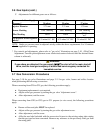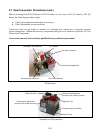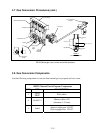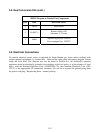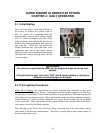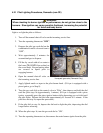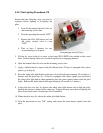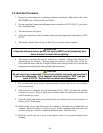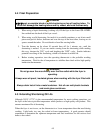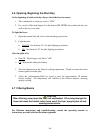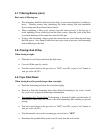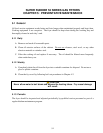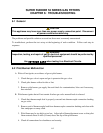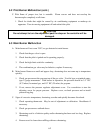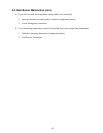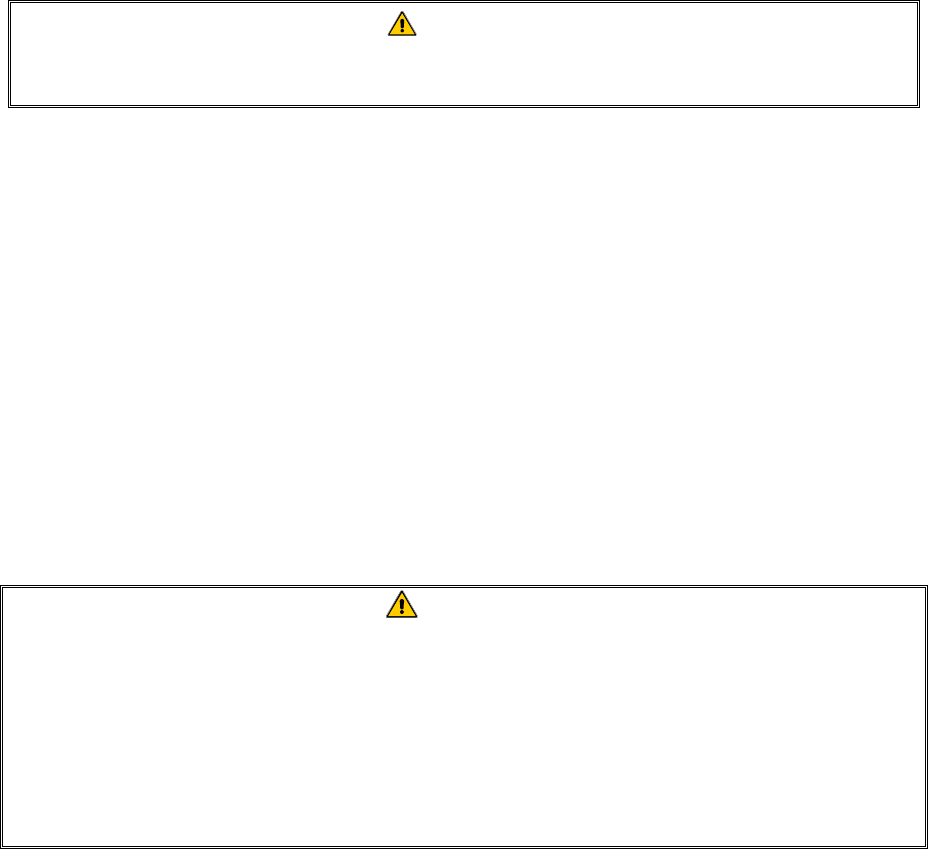
4-5
4.4 Final Preparation
WARNING
NEVER set a complete block of solid shortening on top of heating tubes. To
do so will damage the heating tubes and fry vessel, and void the warranty.
1. When using a liquid shortening (cooking oil), fill the fryer to the lower OIL LEVEL
line scribed into the back of the fryer vessel.
2. When using a solid shortening, first melt it in a suitable container, or cut it into small
pieces and pack it below, between and over the top of the heat tubes, leaving no air
spaces around the tubes. Do not disturb or bend the sensing bulbs.
3. Turn the burners on for about 10 seconds then off for 1 minute, etc., until the
shortening is melted. If you see smoke coming from the shortening while melting
this way, shorten the "ON" cycle and lengthen the "OFF" cycle. Smoke indicates
potential scorching of the shortening, which will shorten its useful life.
4. Before starting operation, turn the operating thermostat to the probable working
temperature. Wait for the oil temperature to stabilize then check with a high-quality
immersion thermometer.
WARNING
Do not go near the area directly over the flue outlet while the fryer is
operating.
Always wear oil-proof, insulated gloves when working with the fryer filled with
hot oil.
Always drain hot oil into a metal container. Hot oil can melt plastic buckets
and crack glass containers.
4.5 Extending Shortening/Oil Life
Although 350°F (177°C) is the recommended temperature for most cooking operations, set
the fryer at the lowest possible temperature which produces a high quality end product. This
ensures maximum life of shortening.
When the fryer is not in use, set the thermostat to a lower temperature than that used during
cooking. Light loads, too, may be cooked at lower temperatures. A good operator should
experiment to determine the optimum temperature and load conditions for the various food
items to be cooked.



